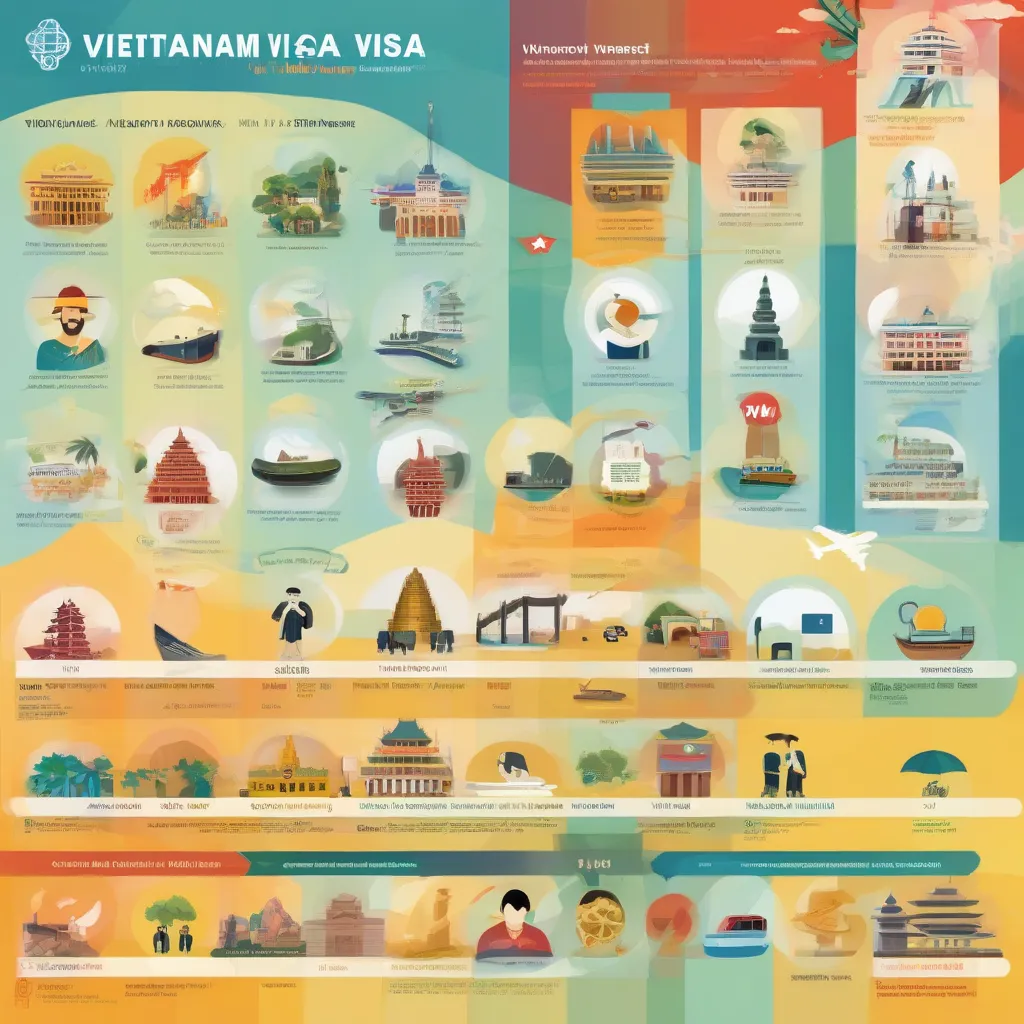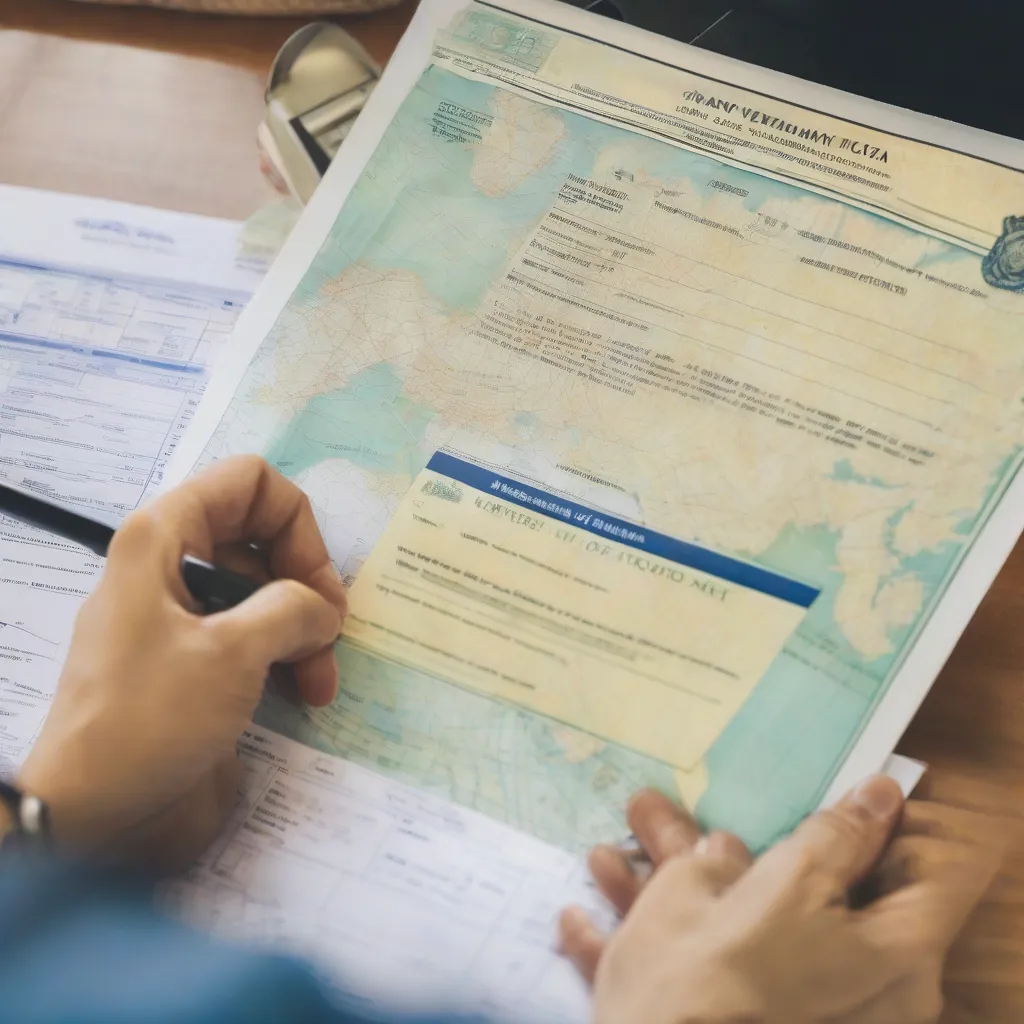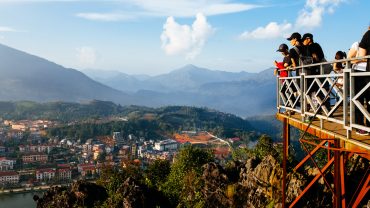Have you ever dreamt of cruising the Mekong Delta or exploring the ancient temples of Hue? A trip to Vietnam is a feast for the senses, but before you pack your bags, let’s unravel the mystery of “visa fees in Vietnam”. Navigating the world of visas can feel like a maze, but don’t worry, consider this your trusty compass!
Understanding Vietnam Visa Fees
Just like a ticket to enter a theme park, a visa is your pass to experience the wonders of Vietnam. The “Vietnam visa fees” are essentially the cost of this pass, varying depending on your nationality, the type of visa you need, and the processing time.
Types of Vietnam Visas and Their Costs
Vietnam offers a variety of visas to suit different travel purposes and durations. Here’s a quick look:
- Tourist Visa: Perfect for those epic vacations, usually valid for 1 to 3 months.
- Business Visa: Ideal for work trips, conferences, or establishing business connections.
- Transit Visa: Your temporary pass if you have a layover in Vietnam on your way to another destination.
Each visa type comes with its own fee structure, with options for single or multiple entries. For the most up-to-date information, always double-check with the Vietnamese embassy or consulate in your country or authorized visa agencies. They are the ultimate sources for accurate and current fee details.
Factors Influencing Visa Fees
Think of your visa fee like a personalized travel package – several factors influence the final price tag. These include:
- Your Nationality: Vietnam has specific agreements with certain countries, offering visa exemptions or discounted fees.
- Visa Type: Tourist, business, or transit – each has its own pricing tier.
- Processing Time: Need that visa ASAP? Opting for expedited processing usually comes with an additional fee.
- Visa Agency: Using an agency for convenience? They might charge a service fee on top of the standard visa cost.
 Vietnam Visa Types
Vietnam Visa Types
How to Apply and Pay for Your Vietnam Visa
Applying for your Vietnam visa is more straightforward than you might think:
- Online Application (E-Visa): Many nationalities can apply for an e-visa online, pay the fee electronically, and receive their visa via email.
- Visa on Arrival: This popular option allows you to apply online, receive a pre-approval letter, and then get your visa stamped upon arrival in Vietnam (for an additional stamping fee).
- Embassy/Consulate Application: For those who prefer a more traditional route, you can apply for your visa directly at the Vietnamese embassy or consulate in your home country.
Payment methods typically include credit cards, debit cards, or bank transfers.
Pro Tips for a Smooth Visa Experience
- Plan Ahead: Don’t leave your visa application to the last minute! Give yourself ample time, especially during peak travel seasons.
- Double-Check Requirements: Each visa type has specific requirements (passport validity, photos, etc.). Make sure you meet them all to avoid any hiccups.
- Choose a Reputable Agency: If using a visa agency, opt for a reputable one with positive reviews and transparent pricing.
 Vietnam Visa Application
Vietnam Visa Application
Explore Vietnam with Confidence
Remember, the Vietnamese government sets official visa fees. For the most accurate and updated information, always consult their website or contact your nearest Vietnamese embassy or consulate.
By understanding the ins and outs of “visa fees in Vietnam,” you can plan your dream trip with confidence and clarity. So go ahead, book that flight, pack your bags, and get ready to say “Xin chào” to the adventure of a lifetime!
For more detailed information on visa fees based on your specific nationality, you can check out our guides on:
- UK Visa Fees to Vietnam
- Australian Visa Fees in Vietnam
- Visa Fees to Vietnam for Indian Citizens
- Vietnam Visa Fees from Dubai
Happy travels!





Comment (0)